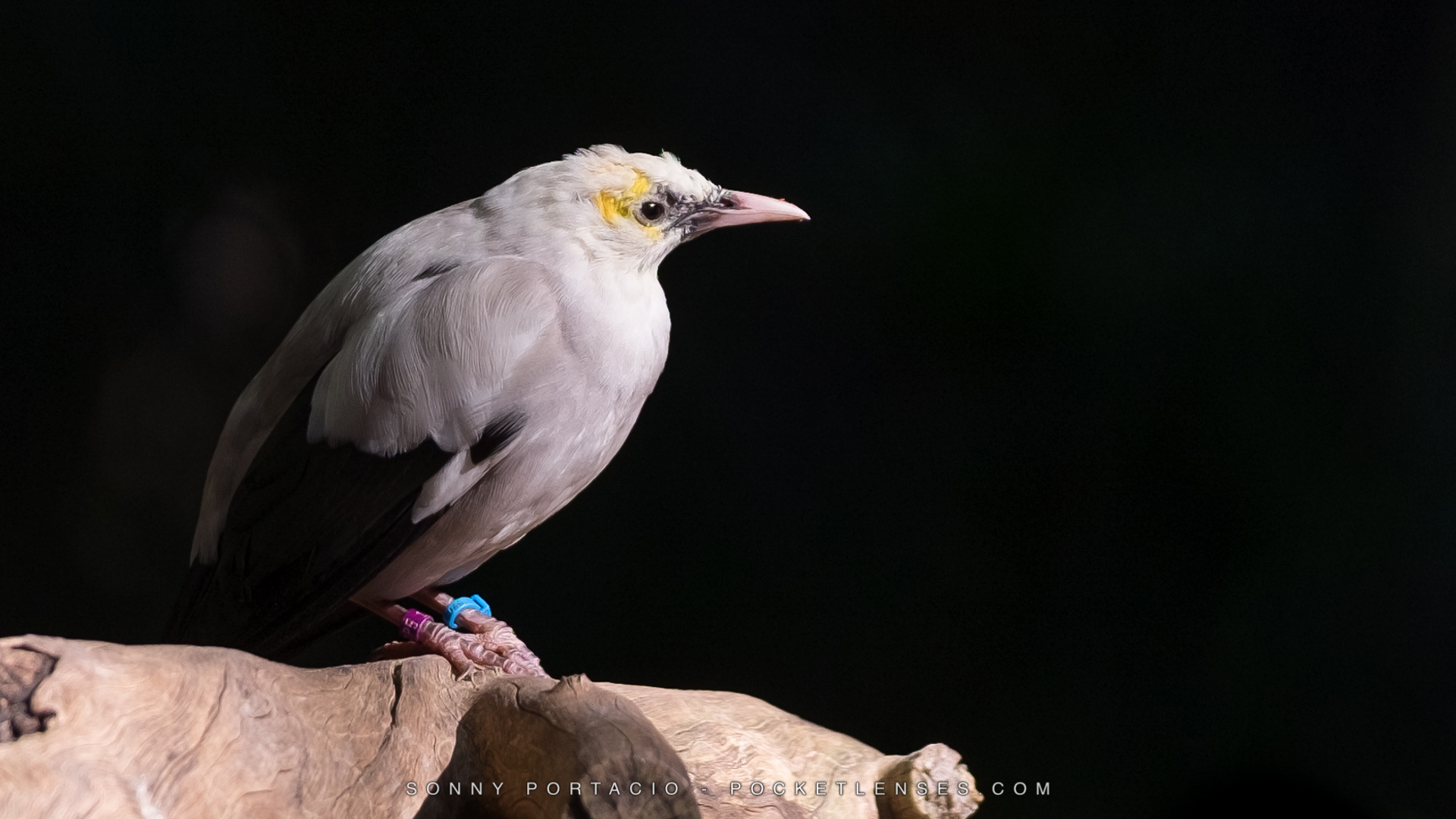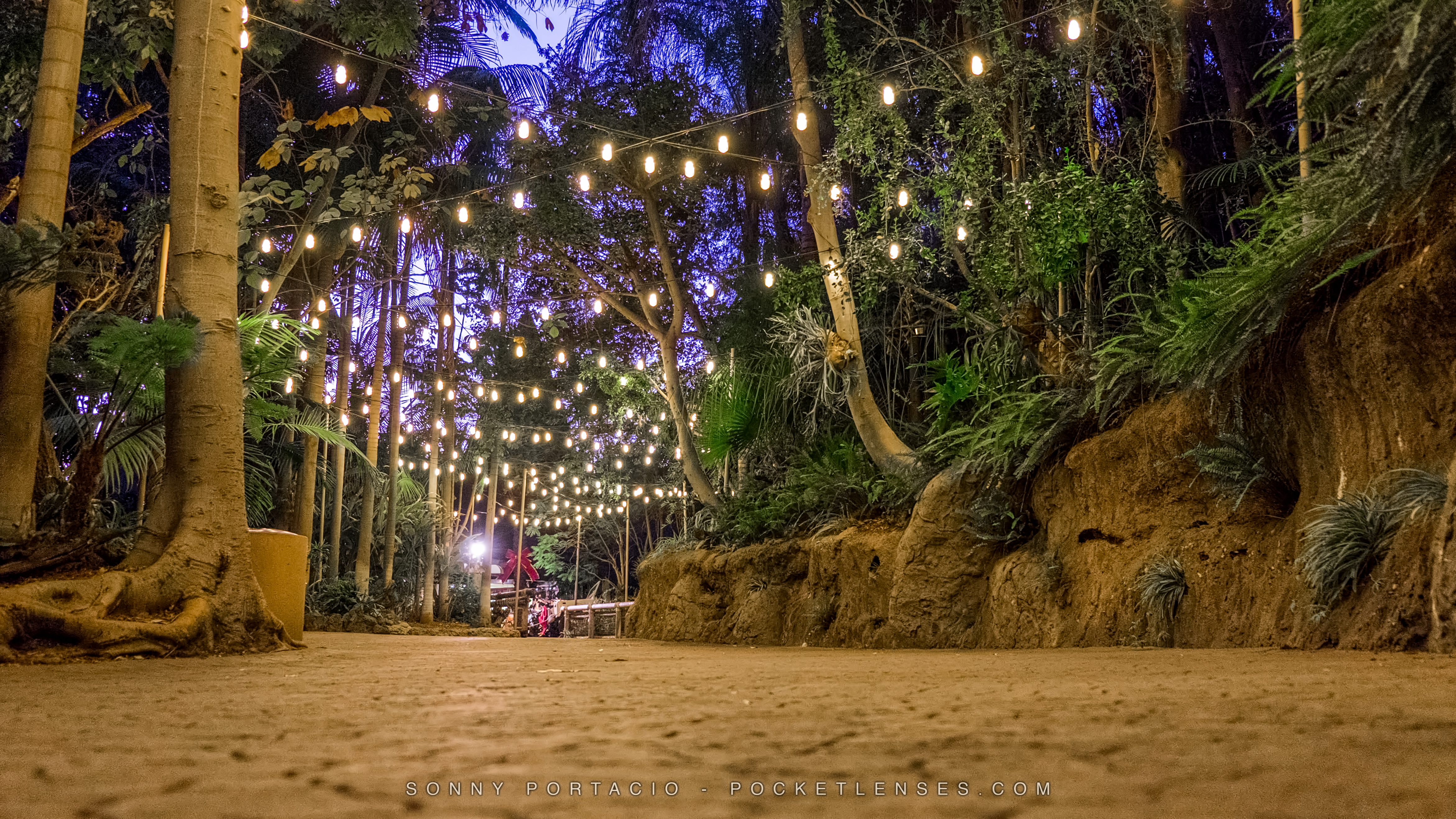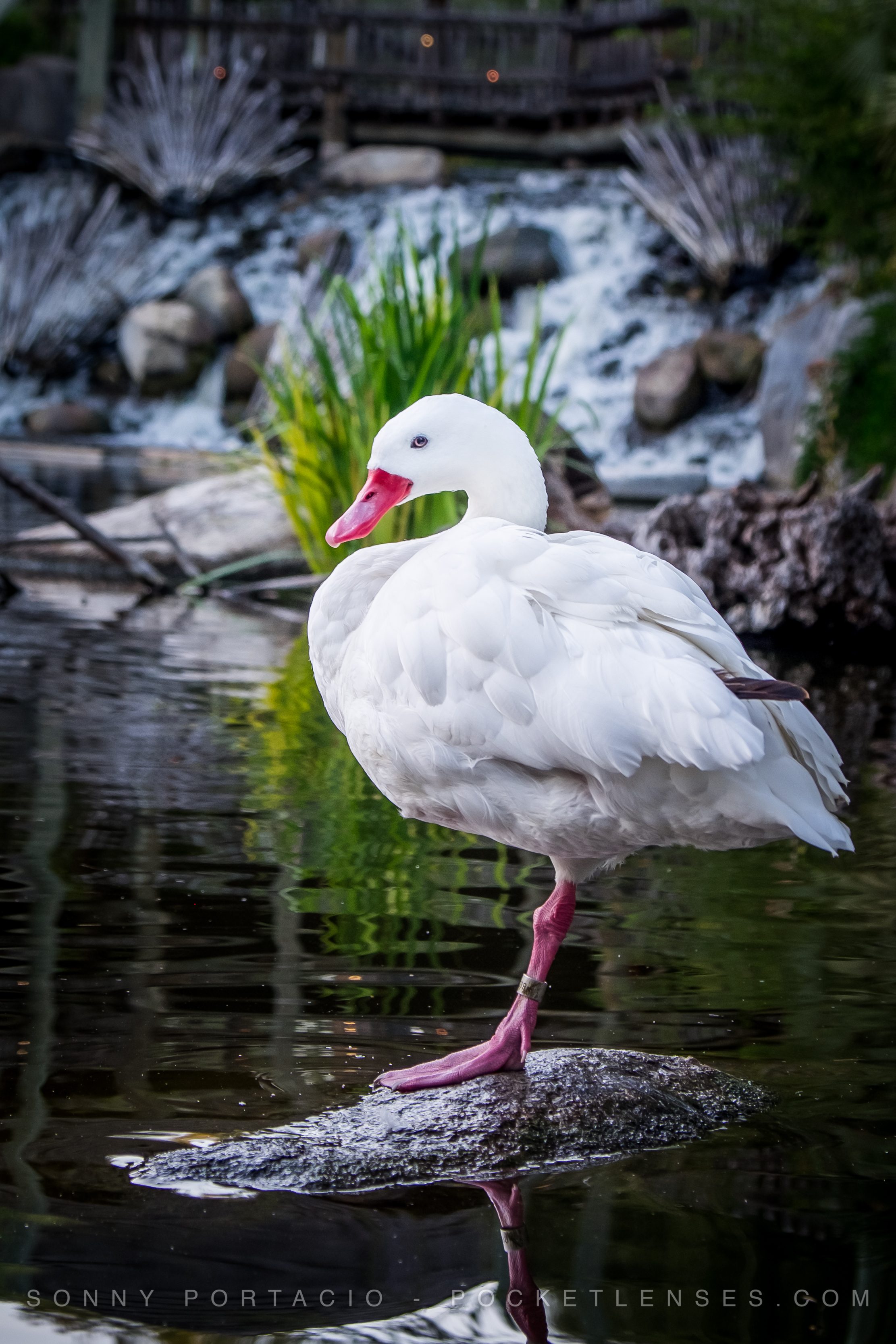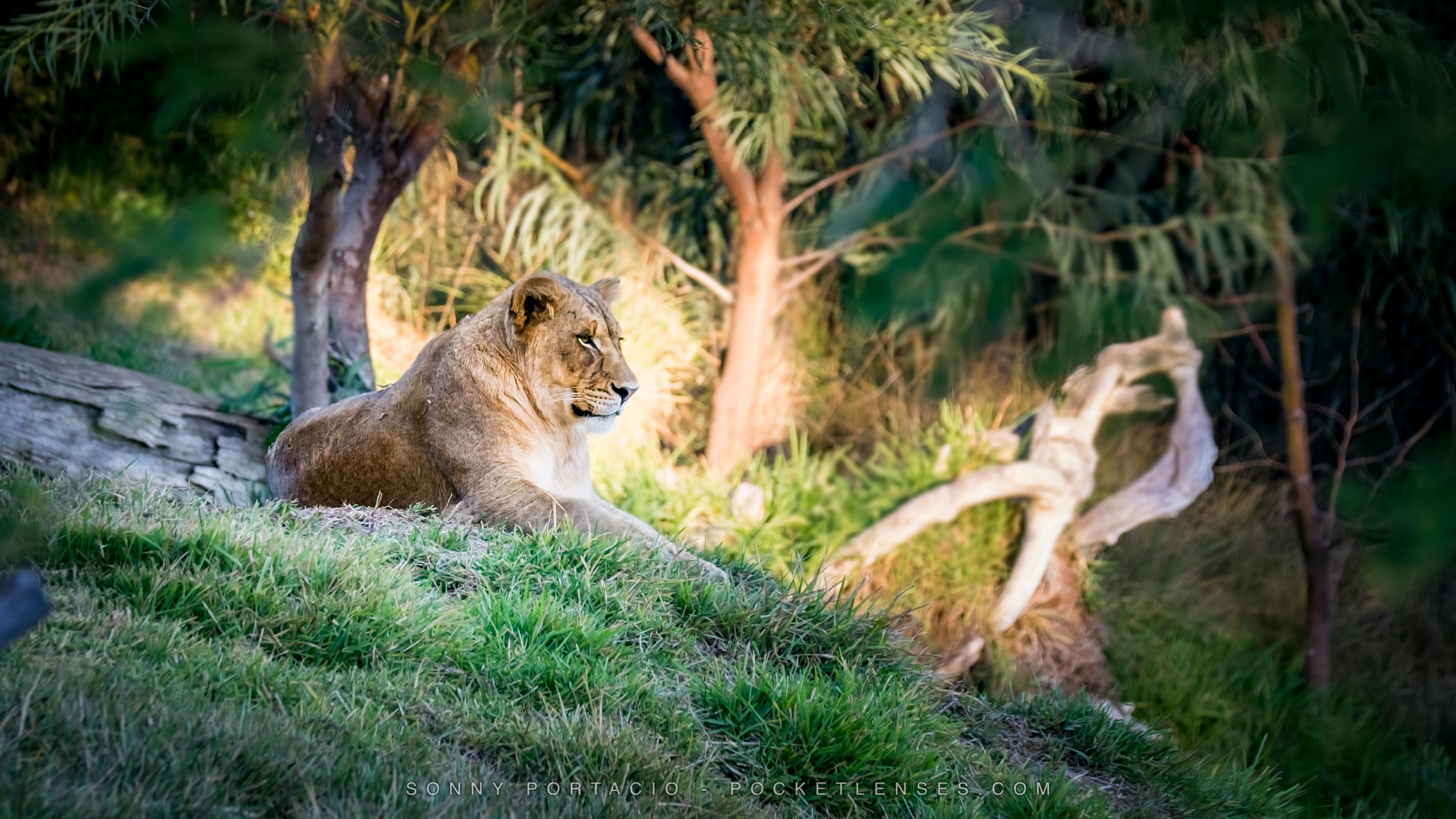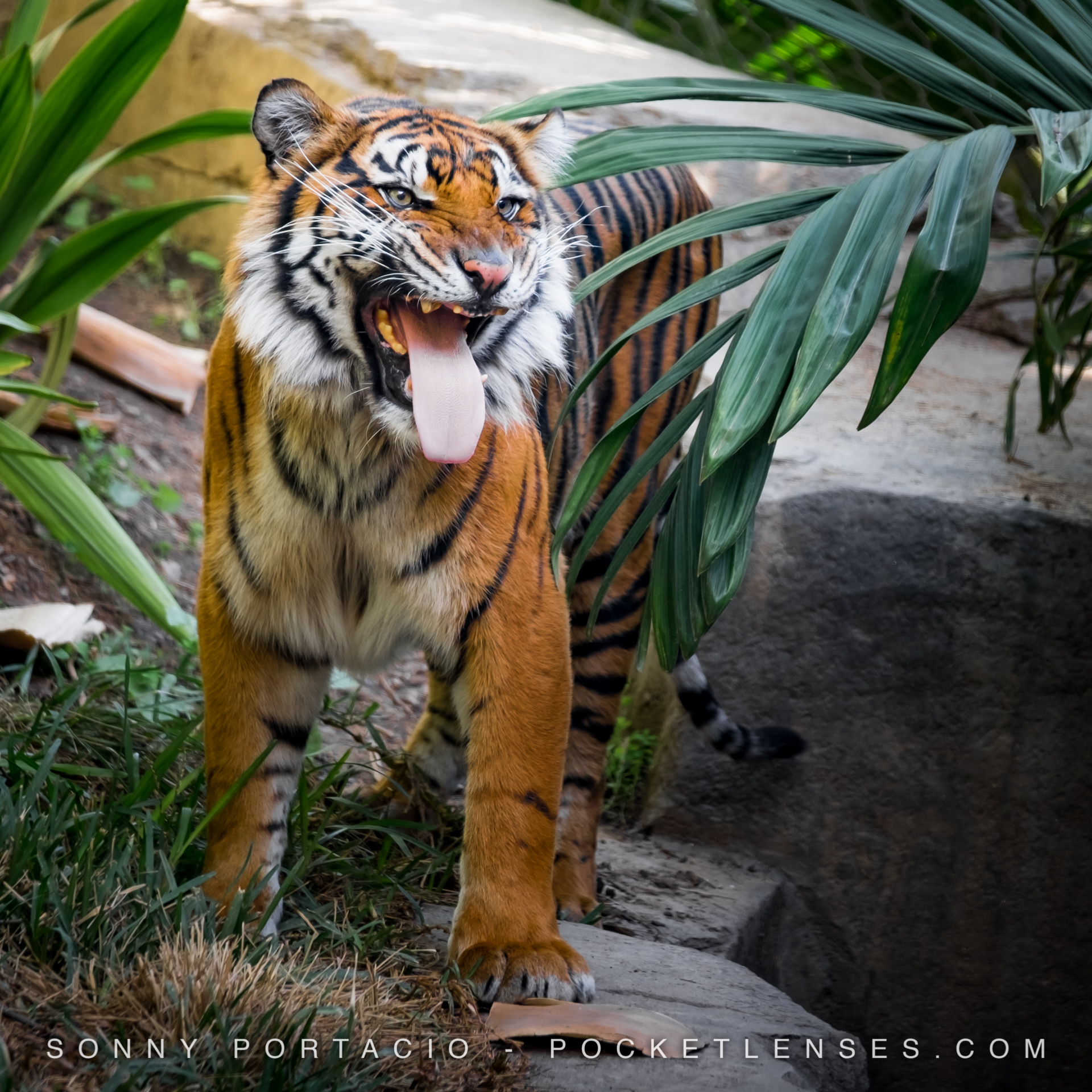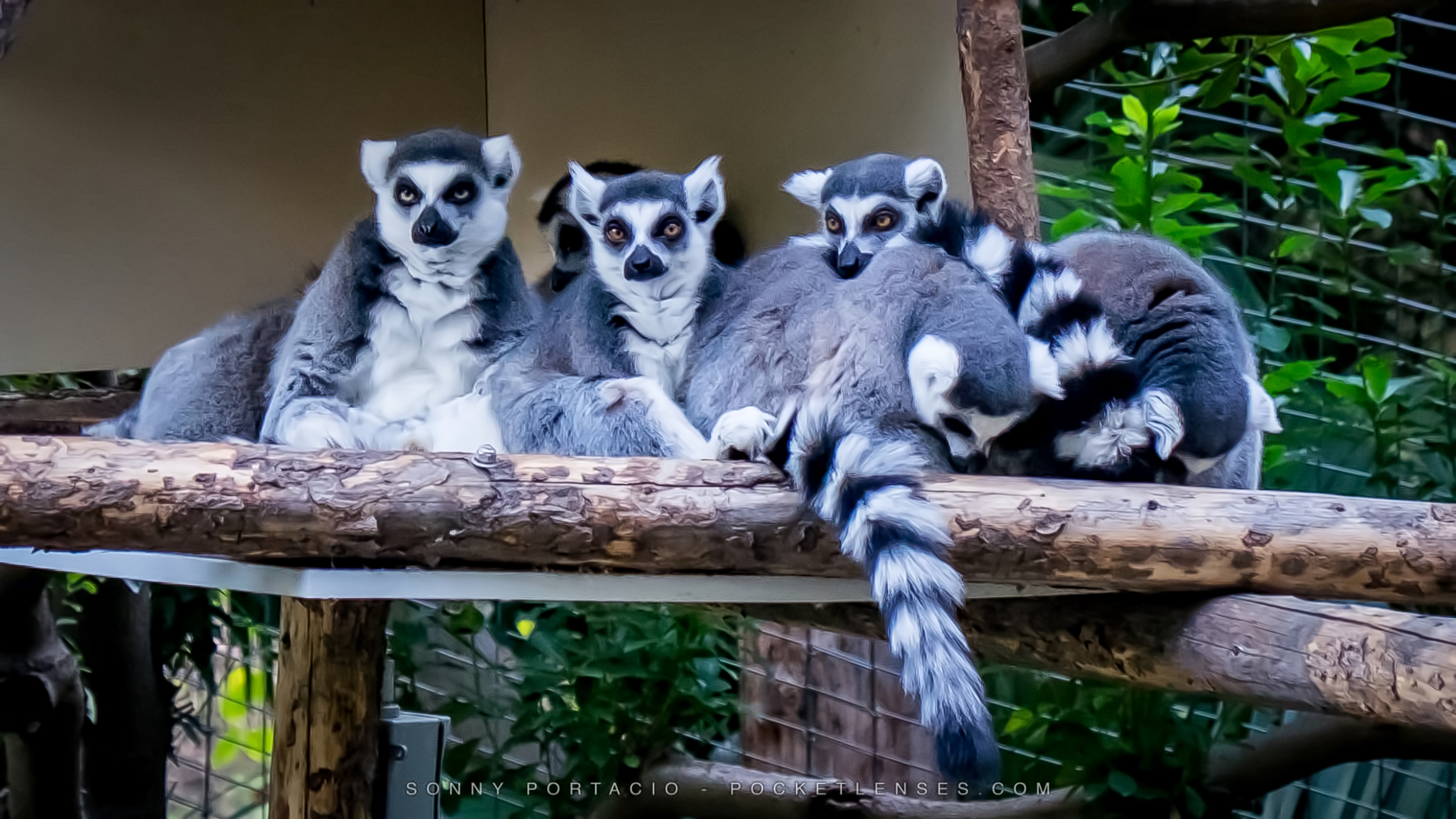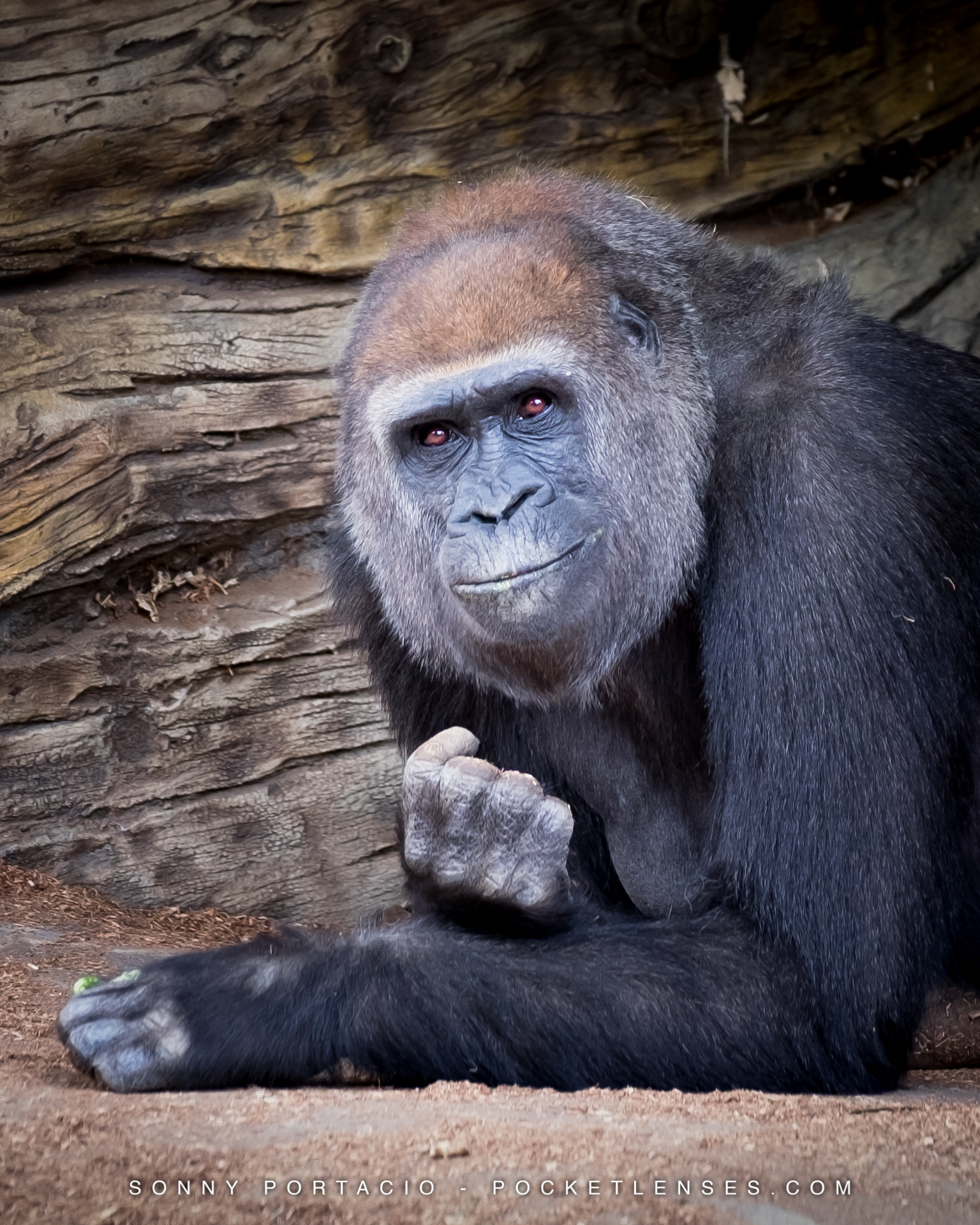If you have ever considered visiting San Diego, California, make sure to pack your camera. My name is Sonny Portacio, I’m a professional photographer who grew up in San Diego and I can speak from experience: San Diego is a photographically target-rich, eye-candy environment for photographers. I’ve run workshops here and have delighted participants with scenes and photo opportunities ranging from ocean sunsets to the urban sprawl.
I’ve recently sold all of my DSLR gear and converted completely over to a Fuji X system for all of my personal and professional work. The lightweight nature appealed to me and the capabilities convinced me that I could create the kind of work I needed to produce for my clients.
If you visit San Diego, one place that should certainly be on your shot list is the San Diego Zoo’s Safari Park in Escondido. Here’s a link. The San Diego Zoo owns 2 animal parks and the Safari Park is unique in the way it displays the animals. Unlike traditional zoos which use cages and enclosures, many of the Safari Park’s areas are wide open spaces that allow animals to roam. What this means is, as a photographer, you can get shots of animals that can appear more like they in natural, wild environments.
I recently visited with my Fuji X system and absolutely LOVED the experience! I wasn’t tired and fatigued after moving around the park, as I have been in the past, with my heavy DSLR gear. This time, I was light on my feet and really enjoyed the shooting experience as well as the shots I saw once I got back home.
If you visit the Safari Park (or any other similar animal park), here are some tips to help you make the most of your photo experience.
1. Bring lenses to cover a large focal range. The thing that I like about the Fuji lens offering is that I can cover a very wide range and still have a very lightweight and nimble system. I can carry my trinity of lenses and be prepared for all types of shooting opportunities. In a lightweight backpack, I carry my 10mm – 24mm, 18mm – 55mm and 50mm – 140mm. These lenses and my X-T1 body are all I ever need to bag and bring back some amazing animal shots. There are certain times where my 18mm – 55mm is the appropriate lens: There’s a Lorikeet exhibit where you enter an enclosure and the birds will often land on branches within arms distance or even on people themselves! (you can buy little cups of nectar from the park to entice the birds to come right up to you).
But for the most part, the lens I found myself using most often was the 50mm – 140mm. It’s OIS is rock solid and range will let you get some amazing close ups of creatures big and small.
2. Bring a monopod. I use a lightweight monopod not so much for stability (the OIS is awesome) but more to support the larger lens over a long period of time. Although the long lens is lighter than my DSLR version, it still can tax your arms over time and you’re going to need time at certain exhibits to get just the right shot. I’ll attach the tripod lens collar to my monopod, find my location and wait for my target to offer a photographic opportunity.
3. Arrive early and stay all day. Animals have different behaviours as the day progresses. Lorikeets are very active in the morning when they are hungry. They will come right up to anyone with a nectar cup then. You’ll often see swarms of birds perched on people trying to get their sip of nectar. Later in the day when they are full and sated, all the birds will be content sitting in the trees not wanting or needing any food. Lions might nap during the warm day making uninteresting pictures. Find them roaming around or interacting with each other and you’ll get some nice shots. Stay all the way until the park closes, I’ve found that some animals like the tigers actually start to prowl and roam as the sun goes down.
4. Be patient, but plan. At each animal encounter, you’ll need to make a decision: “Should I stay or should I go?”. Don’t hurry yourself too much. There have been SO many times that my patience was rewarded by some amazing photo opportunities while other less patient photographers had already wandered away. On the other hand, don’t spend all of you time in one place. The park is large and diverse. Plan your day out wisely.
5. Look for those decisive moments. It can be tempting, with so many rich targets, to just shoot, spray and pray. You can end up with thousands of picture you’ll have to then sort through to find the keepers. My strategy is to observe and anticipate those key moments. It takes some practice, but if you pay attention, you’ll be able to predict those keeper moments when animals change their facial expressions, body language or interact with each other in ways that help to create interest and impact in your animal photos.
I hope these tips help you with your next visit to the Safari Park (or any similar animal park). For more photo tips and tricks, I’d be delighted if you’d come visit my website, Pocket Lenses at pocketlenses.com.


